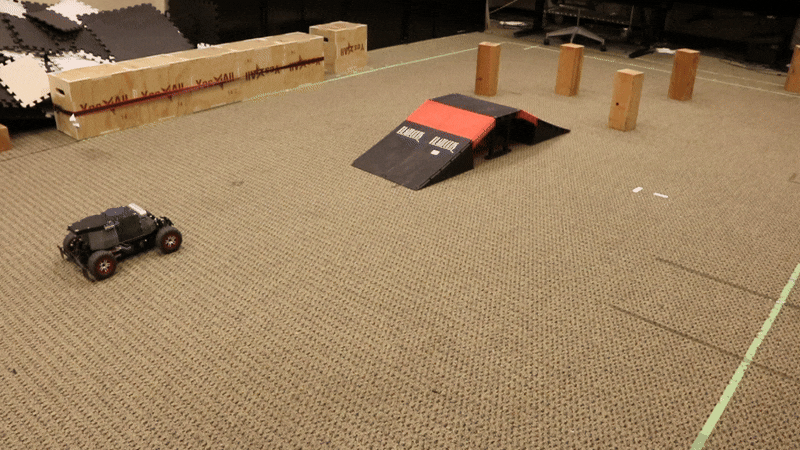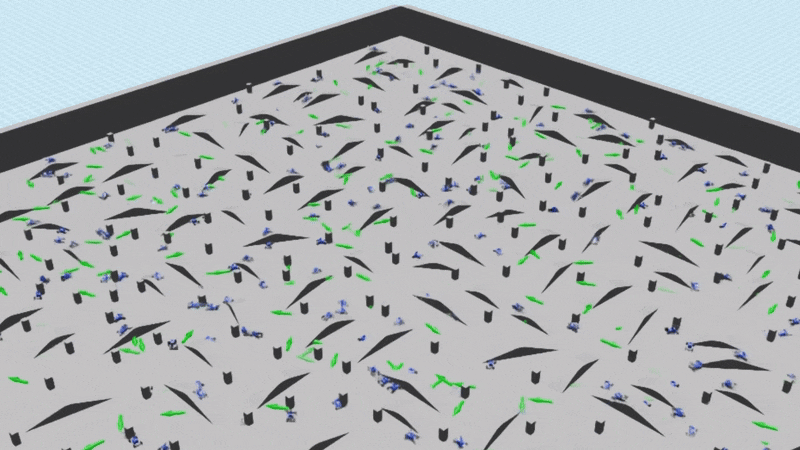Check back here throughout the week to learn the latest on physical AI, which enables machines to perceive, plan and act with greater autonomy and intelligence in real-world environments.
This National Robotics Week, running through April 12, NVIDIA is highlighting the pioneering technologies that are shaping the future of intelligent machines and driving progress across manufacturing, healthcare, logistics and more.
Advancements in robotics simulation and robot learning are driving this fundamental shift in the industry. Plus, the emergence of world foundation models is accelerating the evolution of AI-enabled robots capable of adapting to dynamic and complex scenarios.
For example, by providing robot foundation models like NVIDIA GR00T N1, frameworks such as NVIDIA Isaac Sim and Isaac Lab for robot simulation and training, and synthetic data generation pipelines to help train robots for diverse tasks, the NVIDIA Isaac and GR00T platforms are empowering researchers and developers to push the boundaries of robotics.
Get Started in Robotics With Free Courses and Open-Source Data 🔗
Those looking to dive into robotics development can get started with NVIDIA’s free Robotics Fundamentals Learning Path. This series of self-paced NVIDIA Deep Learning Institute (DLI) courses covers foundational robotics concepts and essential workflows in simulation and robot learning. Each course provides hands-on training across the NVIDIA Isaac platform, including Isaac ROS, Isaac Sim and Isaac Lab.
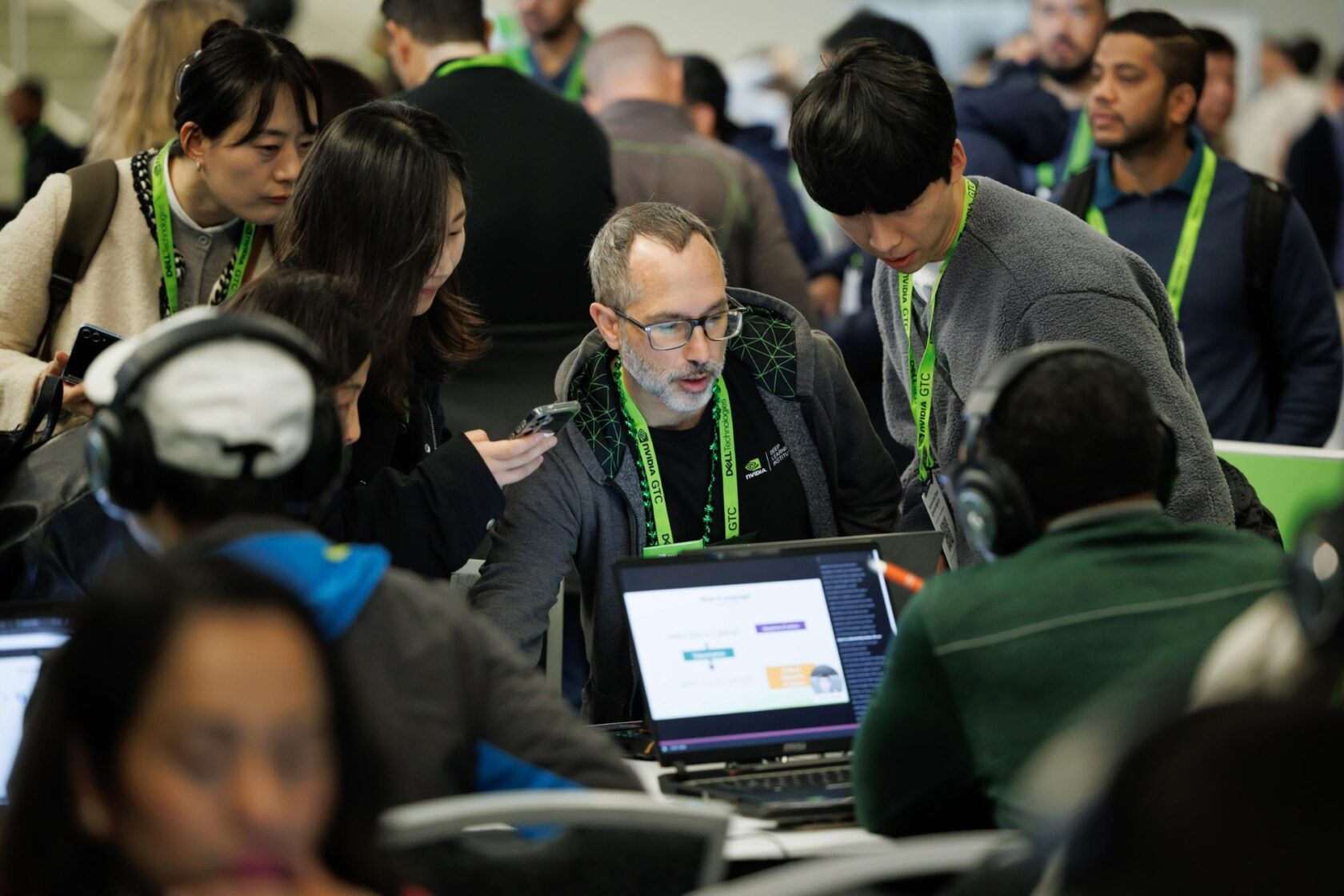
This year at GTC, NVIDIA hosted in-person training labs for robotics developers, which are now available online. They include:
- Develop, Simulate and Deploy Robot Intelligence With Scaled Foundations
- Generating High-Quality Motion Data for Robotics With MobilityGen
- Software-in-the-Loop Testing for Robots With OpenUSD, Isaac Sim and ROS
These courses will be available soon:
- An Introduction to NVIDIA Cosmos for Physical AI
- Imitation Learning Techniques Using NVIDIA Isaac Lab and Apple Vision Pro
- Accelerating ROS 2 With NVIDIA GPU-Powered Libraries and AI Models
NVIDIA also released a free, open-source physical AI dataset comprising commercial-grade, pre-validated data to help researchers and developers kickstart their projects. The initial dataset offers 15 terabytes of data representing more than 320,000 trajectories for robotics training and 1,000 Universal Scene Description (OpenUSD) assets, including those that are SimReady.
Access the NVIDIA Physical AI Dataset on Hugging Face.
Scaled Foundations Streamlines the Transition From Simulation to Real-World Application 🔗
Robots have the potential to automate and scale difficult and repetitive tasks. However, programming robots to perform these tasks safely has traditionally been challenging, costly and specialized. Scaled Foundations, a member of the NVIDIA Inception program for cutting-edge startups, is lowering the barrier to entry with its GRID platform.
By integrating NVIDIA Isaac Sim into GRID, Scaled Foundations provides users with an opportunity to fast-track the development and deployment of advanced robotic AI solutions across new robot types. Developers and students can access state-of-the-art tools to develop, simulate and deploy robot AI systems — entirely inside a browser.
Access, build and manage seamless robot intelligence right from your browser.
Learn more about how to deploy solutions using Scaled Foundations’ GRID platform by watching the NVIDIA GTC session, “Introduction to Robot Simulation: Learn How to Develop, Simulate and Deploy Scalable Robot Intelligence.”
Spotlight on Wheeled Lab: Advancing Simulation-to-Reality Robotics With NVIDIA Isaac Lab 🔗
Wheeled Lab, a research project from the University of Washington, is bringing simulation-to-reality robotics to low-cost, open-source platforms.
Wheeled Lab, integrated with NVIDIA Isaac Lab — a unified framework for robot learning — enables reinforcement learning models to train wheeled robots for complex tasks like controlled drifting, obstacle avoidance, elevation traversal and visual navigation. This pipeline uses domain randomization, sensor simulation and end-to-end learning to bridge the gap between simulated training and real-world deployment, all while ensuring zero-shot simulation-to-reality transfer.
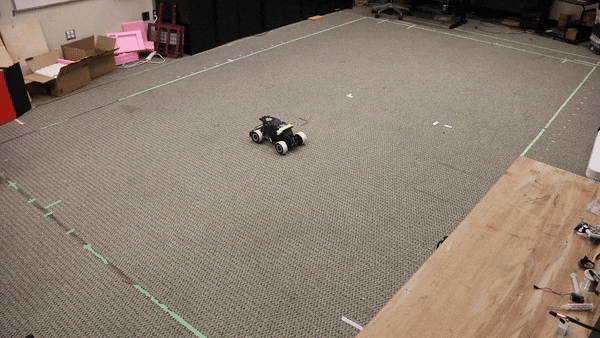
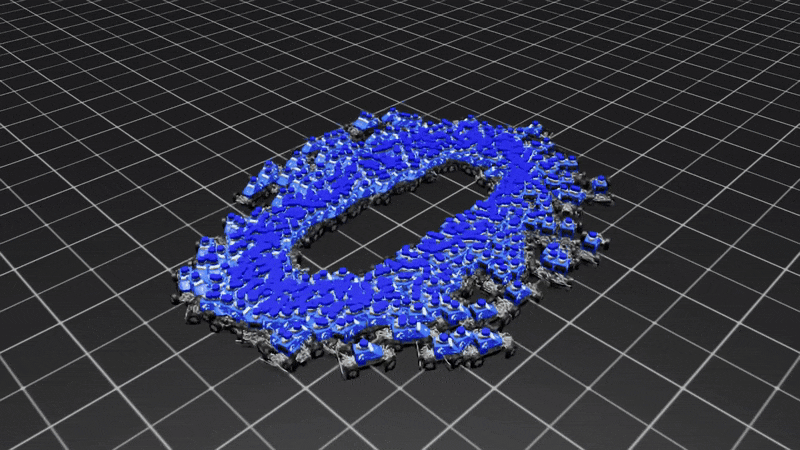
Left: Drift policy. Right: Training in Isaac Lab simulation.
The entire stack — spanning simulation, training and deployment — is fully open source, giving developers the freedom to iterate, modify policies and experiment with reinforcement learning techniques in a reproducible environment.
Left: Drift policy. Right: Training in Isaac Lab simulation.
Get started with the code on GitHub.
Teaching Robots to Think: Nicklas Hansen’s AI Breakthroughs 🔗
What does it take to teach robots complex decision-making in the real world? For Nicklas Hansen, a doctoral candidate at UC San Diego and an NVIDIA Graduate Research Fellow, the answer lies in scalable, robust machine learning algorithms.
With experience from the University of California, Berkeley, Meta AI (FAIR) and the Technical University of Denmark, Hansen is pushing the boundaries of how robots perceive, plan and act in dynamic environments. Their research sits at the intersection of robotics, reinforcement learning and computer vision — bridging the gap between simulation and real-world deployment.
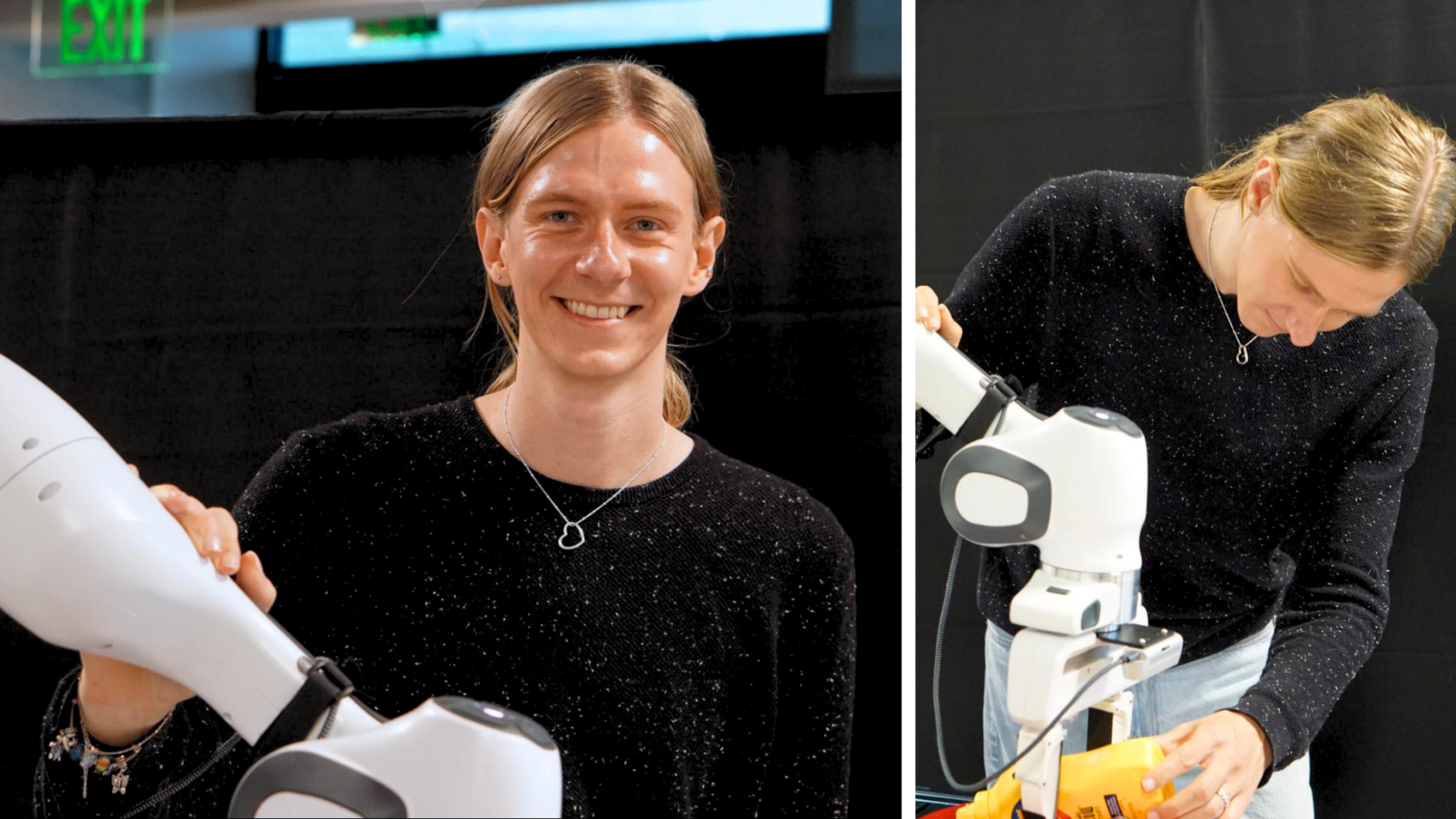
Hansen’s recent work tackles one of robotics’ toughest challenges: long-horizon manipulation. Their paper, Multi-Stage Manipulation With Demonstration-Augmented Reward, Policy and World Model Learning, introduces a framework that enhances data efficiency in sparse-reward environments by using multistage task structures.
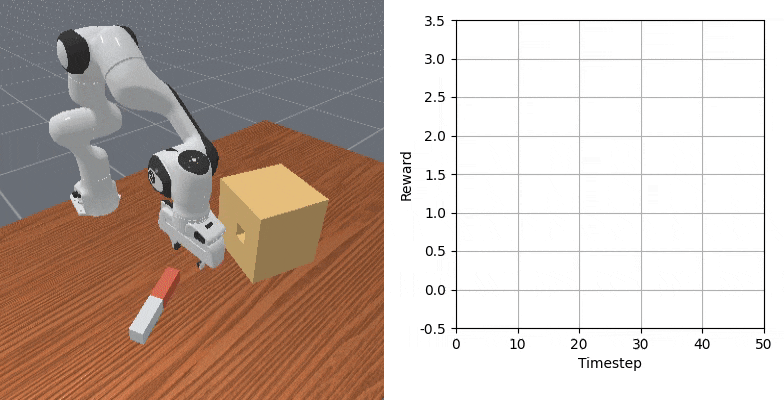
Another key project of Hansen’s, Hierarchical World Models as Visual Whole-Body Humanoid Controllers, advances control strategies for humanoid robots, enabling more adaptive and humanlike movements.
Beyond their own research, Hansen advocates for making AI-driven robotics more accessible.
“My advice to anyone looking to get started with AI for robotics is to simply play around with the many open-source tools available and gradually start contributing to projects that align with your goals and interests,” they said. “With the availability of free simulation tools like MuJoCo, NVIDIA Isaac Lab and ManiSkill, you can make a profound impact on the field without owning a real robot.”
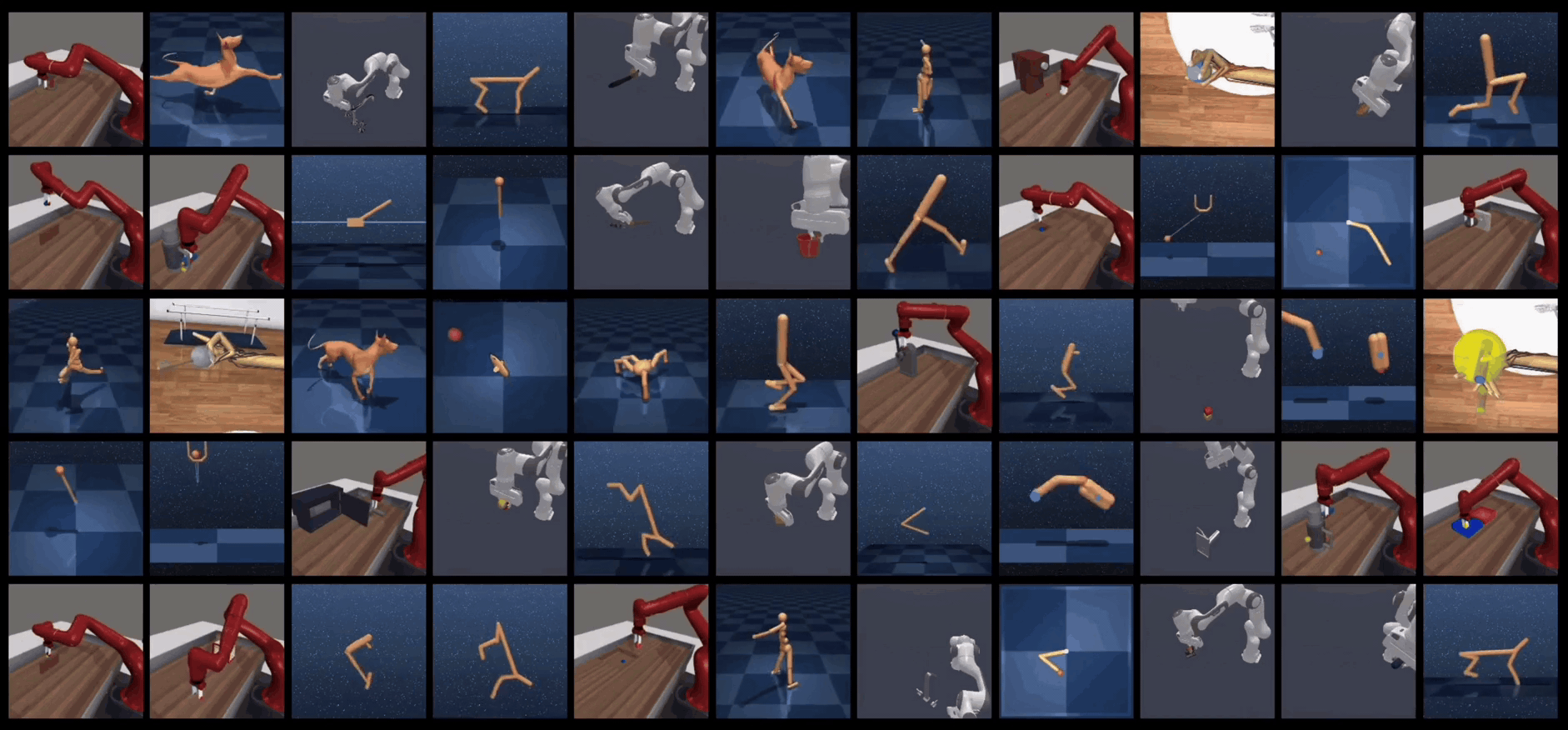
Hansen is the lead author of TD-MPC2, a model-based reinforcement learning algorithm capable of learning a variety of control tasks without any domain knowledge. The algorithm is open source and can be run on a single consumer-grade GPU.
Learn more about Hansen and other NVIDIA Graduate Fellowship recipients driving innovation in AI and robotics. Watch a replay of the “Graduate Program Fast Forward” session from the NVIDIA GTC AI conference, where doctoral students in the NVIDIA Graduate Fellowship showcased their groundbreaking research.
Hackathon Features Robots Powered by NVIDIA Isaac GR00T N1 🔗
The Seeed Studio Embodied AI Hackathon, which took place last month, brought together the robotics community to showcase innovative projects using the LeRobot SO-100ARM motor kit.
The event highlighted how robot learning is advancing AI-driven robotics, with teams successfully integrating the NVIDIA Isaac GR00T N1 model to speed humanoid robot development. A notable project involved developing leader-follower robot pairs capable of learning pick-and-place tasks by post-training robot foundation models on real-world demonstration data.
How the project worked:
- Real-World Imitation Learning: Robots observe and mimic human-led demonstrations, recorded through Arducam vision systems and an external camera.
- Post-Training Pipeline: Captured data is structured into a modality.json dataset for efficient GPU-based training with GR00T N1.
- Bimanual Manipulation: The model is optimized for controlling two robotic arms simultaneously, enhancing cooperative skills.
The dataset is now publicly available on Hugging Face, with implementation details on GitHub.
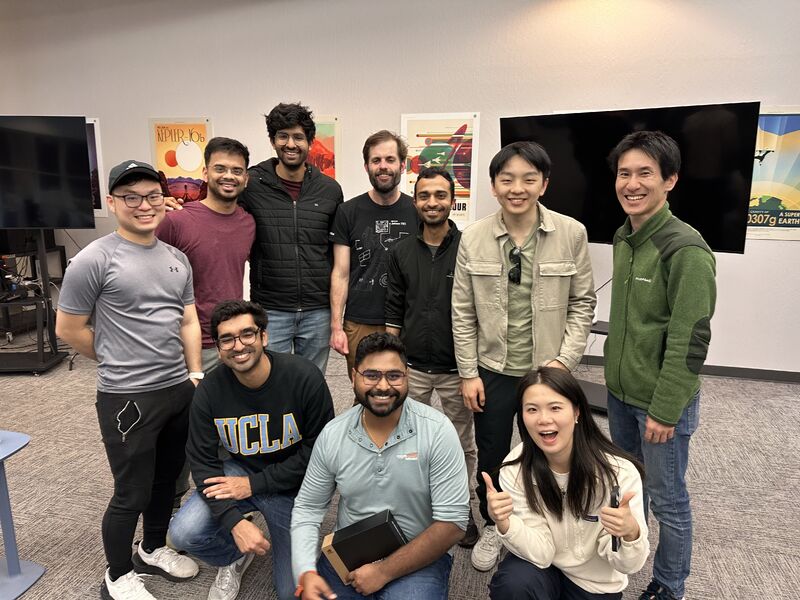
Learn more about the project.
Advancing Robotics: IEEE Robotics and Automation Society Honors Emerging Innovators 🔗
The IEEE Robotics and Automation Society in March announced the recipients of its 2025 Early Academic Career Award, recognizing outstanding contributions to the fields of robotics and automation.
This year’s honorees — including NVIDIA’s Shuran Song, Abhishek Gupta and Yuke Zhu — are pioneering advancements in scalable robot learning, real-world reinforcement learning and embodied AI. Their work is shaping the next generation of intelligent systems, driving innovation that impacts both research and real-world applications.
Learn more about the award winners:
- Shuran Song, principal research scientist at NVIDIA, was recognized for her contributions to scalable robot learning. Notable recent papers include:
- Abhishek Gupta, visiting professor at NVIDIA, was honored for his pioneering work in real-world robotic reinforcement learning. Notable recent papers include:
- Yuke Zhu, principal research scientist at NVIDIA, was awarded for his contributions to embodied AI and widely used open-source software platforms. Notable recent papers include:
These researchers will be recognized at the International Conference on Robotics and Automation in May.
Stay up to date on NVIDIA’s leading robotics research through the Robotics Research and Development Digest (R2D2) tech blog series, subscribing to this newsletter and following NVIDIA Robotics on YouTube, Discord and developer forums.
